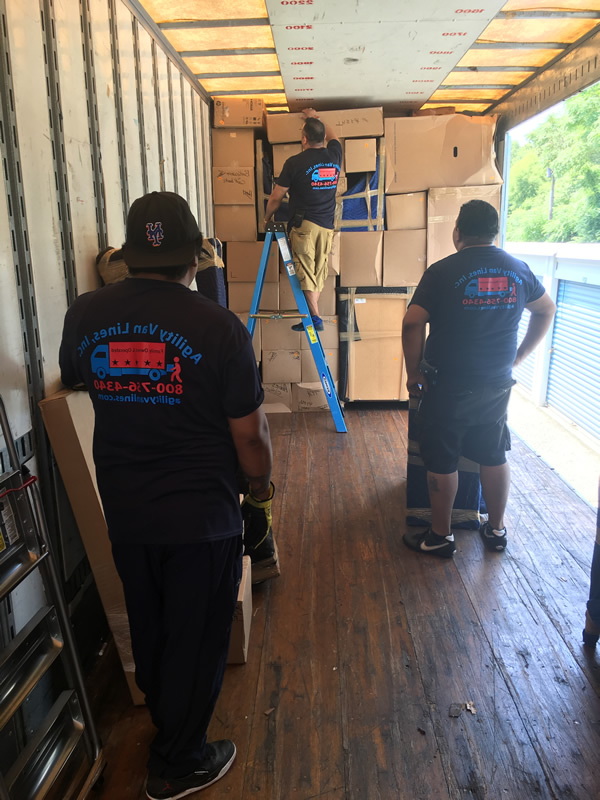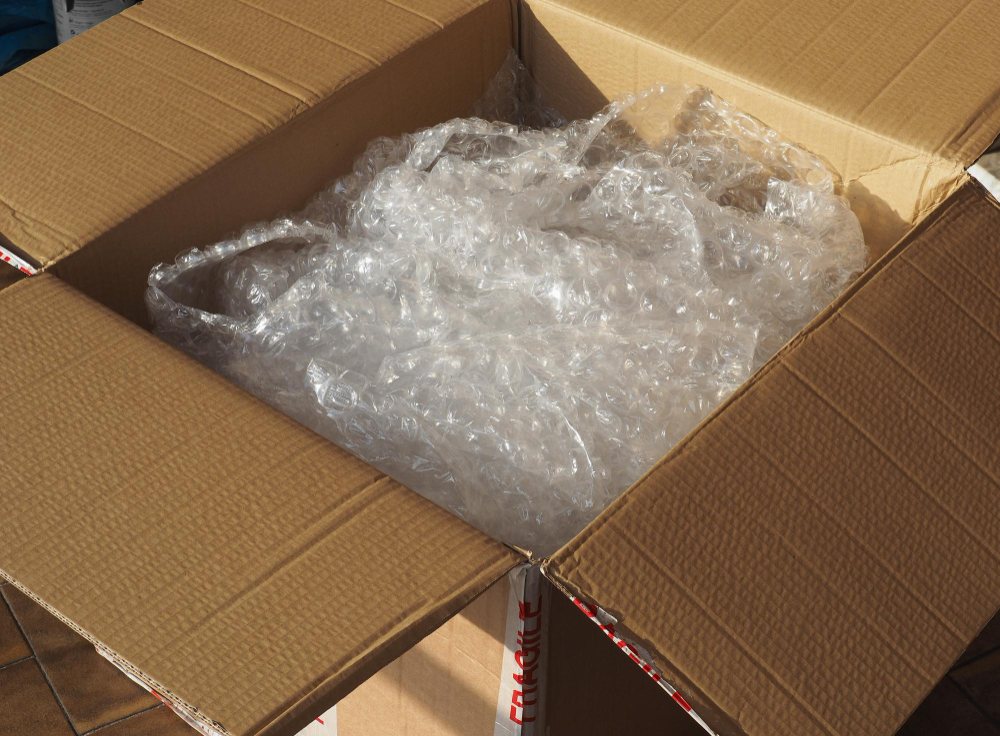How To Pack Fragile Items When Moving

When packing for a big move, the closets are some of the last areas you purge. Before you shove as much as you can into whatever boxes you have left, we have some tips for an easier approach.
Size Down
When packing and getting ready to move, time is of the essence. We must consider move-in dates, other people’s schedules, and time-sensitive deadlines. However, patience and planning are key when it comes to packing, especially when it comes to fragile items.
There have been countless stories of people breaking fragile items due to poor packing, being unaware, or making careless mistakes. Fragile items cause the most heartbreak because they tend to hold sentimental value or can be rather expensive.
That’s why we’ve compiled a list for you to learn how to avoid these mistakes and pack your fragile items well.
Plan Ahead
It’s no surprise that planning can avoid lots of unwanted accidents. Planning isn’t only for your move, but it’s also beneficial for your packing. Think about what fragile items you own and how you plan to sort and pack them. Planning can save you the trouble of rushing into packing your fragile items and neglecting their safety.
Packing Boxes
Sometimes the most obvious way to pack your valuables is right under your nose. Choosing the right packing box could make or break your packing system. Choosing sturdy boxes or “Dish packs” can maximize the safety of your fragile items and offer a great option to sort and organize your belongings. Consider using small to medium sizes boxes to pack your precious items. The smaller the box, the more protection you can add, reducing the risk of breaking and mishandling your items. As a side note, it’s important to label your boxes accordingly, not forget what you have, and properly take care of each item.

Having The Right Tools
Packaging the right tools is essential to keeping your fragile items neat and secure. Tools you should use include:
- Bubble Wrap
- Packing Paper
- Scissors
- Moving Tape
Each one of your tools will serve as a crucial part of packing. Use bubble wrap to wrap glasses or smaller fragile items individually. Use packing paper to fill gaps inside your boxes and use them as separators for frames and mirrors. Scissors are a handy tool to cut any unnecessary edges or packing paper. And, of course, the moving tape will help you solidify and close your boxes and can even be used as protective padding.
You can pick and choose what you feel most comfortable with. Just be sure to choose an open area with lots of room to work while packing your fragile items.
Pack In Tiers
Ensuring your box is fully protected can ensure maximum safety for your delicate belongings. When packing in tiers, it’s important to layer your box, using packing paper or bubble wrap, at the bottom and sides. Using newspapers or towels can be another alternative, but they can provide unwanted results as newspapers tend to dirty your items, and towels slip easily, causing unwanted accidents. Once you’ve layered your box, rest your fragile items and add a second tier of packing paper or bubble wrap for protection. Make sure to fill any gaps in the box with moving paper, as it also helps add extra cushioning.
Use Cardboard for Separation
When packing fragile items, it’s important to use proper materials to ensure their safety during transit. This includes using cardboard for separation, as mentioned in the previous section. Cardboard dividers or special boxes can be used to separate glassware, reducing the risk of them accidentally bumping into each other and breaking. Sturdy and strong boxes should also be used to hold fragile items, while paper-lined boxes can add an extra layer of protection. Individually wrap each item with bubble wrap or newsprint is also recommended. It’s important to provide extra padding in thin areas and avoid overpacking boxes to prevent them from bursting. Glass kits can also provide additional protection for delicate items.
Avoid Overpacking Boxes
The last thing anyone wants when moving is to have their fragile items break or shatter during the process. That’s why it’s important to take extra precautions while packing. In this guide, we’ve discussed several tips, such as using strong and sturdy boxes, wrapping items with tape, individually wrapping fragile pieces, and lining boxes with bubble wrap. Another important tip is to avoid overpacking boxes, which can lead to damage. Instead, be mindful of the weight and size of each item before you begin packing. Remember to insert leftover packing paper into any remaining spaces inside the boxes to prevent fragile items from shifting and potentially breaking.
Getting ready to move can prove challenging, but planning and using the right tools and techniques can make the process faster and smoother. Once you’re ready to move, request a FREE QUOTE from Agility Van Lines today at 800-756-4340 to calculate expenses and travel time to your new location and make your move effortless.
Back ↵




